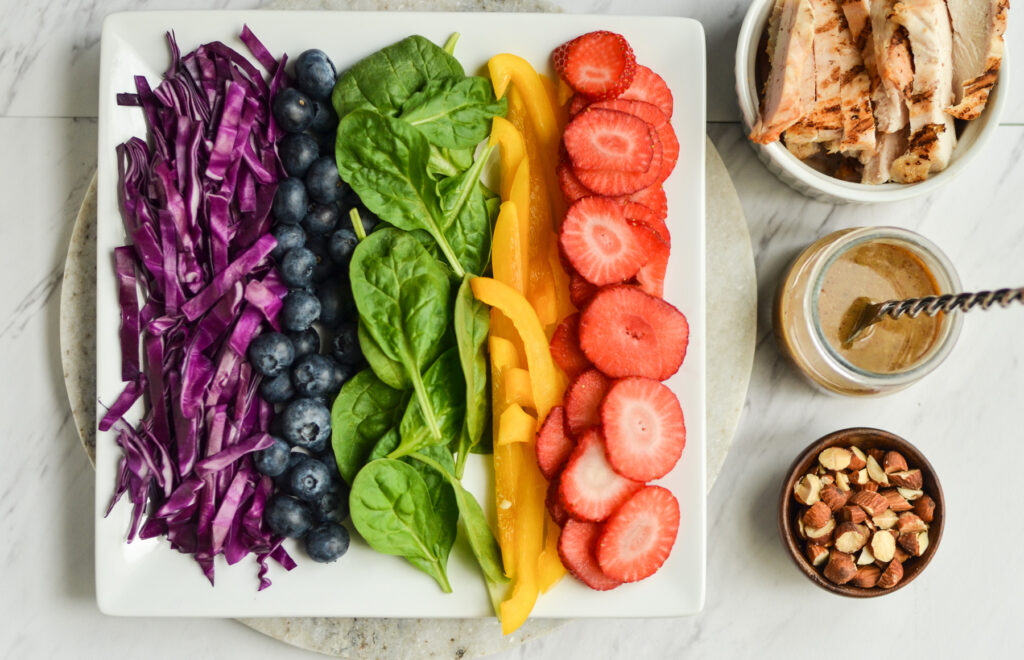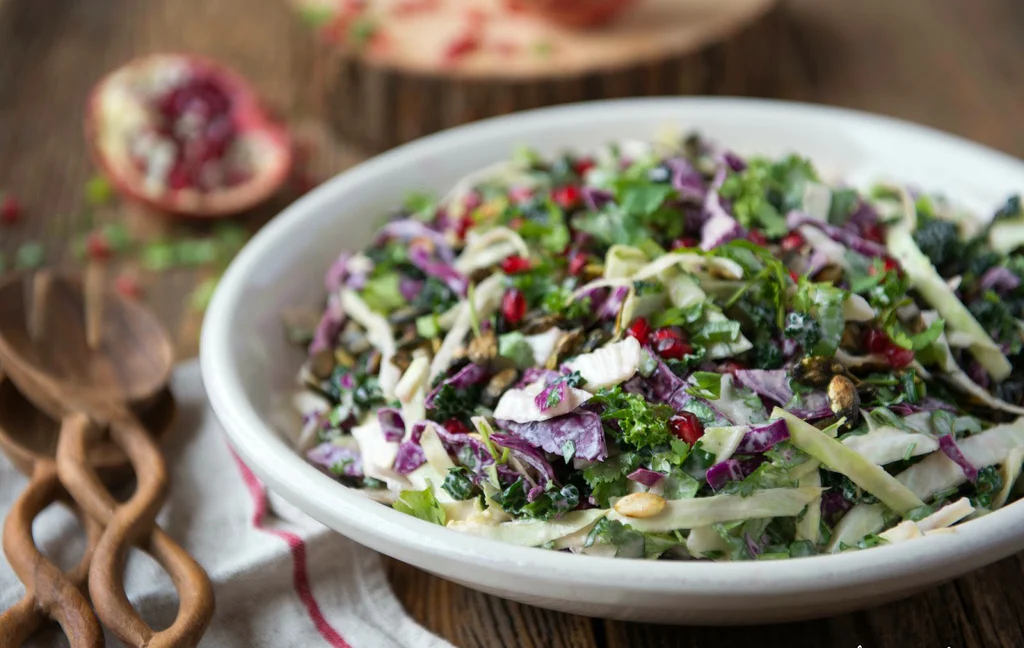In today’s fast-paced world, where health and wellness take center stage, salads have emerged as a popular choice for those looking to shed extra pounds.
Packed with nutrients, low in calories, and bursting with flavor, salads offer a delicious way to support your weight loss journey.
Whether you’re aiming to trim down or simply maintain a healthy lifestyle, incorporating salads into your diet can make a significant difference.
Let’s dive into the world of salads for weight loss and discover how these fresh and light dishes can help you achieve your goals.

Why Choose Salads for Weight Loss?
Salads are a powerhouse of nutrition, offering a wide array of vitamins, minerals, and antioxidants essential for overall health.
They are typically low in calories but high in fiber, which helps you feel full and satisfied without consuming excess calories.
This makes salads an excellent choice for anyone looking to manage their weight effectively.
Nutrient-Dense Ingredients
The key to a successful weight loss salad lies in its ingredients.
Opt for nutrient-dense vegetables such as leafy greens (spinach, kale, arugula), colorful bell peppers, crunchy cucumbers, and vitamin-packed tomatoes.
These vegetables not only provide essential vitamins and minerals but also add vibrant colors and textures to your salad.
Incorporating Protein
To make your salad more filling and balanced, include lean protein sources like grilled chicken breast, tofu, chickpeas, or quinoa.
Protein helps stabilize blood sugar levels and promotes satiety, preventing you from feeling hungry soon after your meal.
It also supports muscle repair and growth, crucial for maintaining a healthy metabolism during weight loss.
Healthy Fats for Flavor and Satiety
Contrary to popular belief, not all fats are bad for you.
Incorporating healthy fats such as avocado slices, olive oil, nuts, and seeds into your salad can enhance its flavor and keep you feeling full longer.
These fats are rich in monounsaturated and polyunsaturated fats, which support heart health and contribute to a balanced diet.
Dressing Choices Matter
While dressing adds flavor to your salad, it’s important to choose wisely to keep your salad nutritious and low in calories.
Opt for homemade dressings using olive oil, lemon juice, balsamic vinegar, and herbs instead of store-bought varieties high in sugar and unhealthy fats.
A light drizzle of dressing can elevate your salad without compromising your weight loss goals.

Creative Salad Recipes for Weight Loss
Greek Salad with Quinoa
Start with a base of fresh romaine lettuce and spinach.
Add cherry tomatoes, cucumber slices, red onion rings, and Kalamata olives.
Top with cooked quinoa and crumbled feta cheese. Drizzle with olive oil and lemon juice dressing.
This Mediterranean-inspired salad is packed with protein, fiber, and essential nutrients.
Asian Sesame Chicken Salad
Combine shredded Napa cabbage, carrots, bell peppers, and edamame.
Add grilled chicken breast strips and sprinkle with sesame seeds.
Toss with a homemade sesame-ginger dressing made from sesame oil, soy sauce, rice vinegar, and ginger.
This salad offers a perfect balance of flavors and textures while being light on calories.
Spinach and Berry Salad
Mix fresh spinach leaves with strawberries, blueberries, and raspberries.
Add sliced almonds or walnuts for crunch.
Drizzle with a light vinaigrette dressing made from olive oil, balsamic vinegar, and a touch of honey.
This antioxidant-rich salad is refreshing and satisfying, ideal for supporting your weight loss efforts.
Tips for Incorporating Salads Into Your Routine
Prepare in Advance: Chop vegetables and cook proteins ahead of time for quick assembly during busy days.
Experiment with Flavors: Explore different herbs, spices, and dressings to keep your salads exciting and flavorful.
Portion Control: Pay attention to portion sizes to avoid overeating, especially when adding nuts, cheese, or dressings.
Balance Your Plate: Pair your salad with a lean protein source and a small serving of whole grains for a well-rounded meal.
Stay Hydrated: Enjoy your salad with a glass of water to aid digestion and promote a feeling of fullness.
Conclusion
In conclusion, salads can be a delightful and effective addition to your weight loss journey.
By choosing nutrient-dense ingredients, incorporating lean proteins and healthy fats, and experimenting with flavors, you can create delicious salads that support your health goals.
Remember, moderation and variety are key to maintaining a balanced diet while enjoying the benefits of salads for weight loss.

FAQs about Salads for Weight Loss
1. Are all salads good for weight loss?
Not necessarily. Some salads can be high in calories and unhealthy fats due to ingredients like creamy dressings, cheese, and fried toppings.
Opt for salads with fresh vegetables, lean proteins, and light dressings to support weight loss.
2. Can salads alone help me lose weight?
While salads can be a nutritious and low-calorie option, sustainable weight loss requires a balanced diet and regular physical activity.
Incorporate salads as part of a healthy eating plan for best results.
3. How often should I eat salads for weight loss?
You can enjoy salads daily as part of your meals or snacks.
Focus on variety and moderation to keep your meals interesting and balanced.
4. What should I avoid adding to my weight loss salads?
Avoid high-calorie toppings like bacon, croutons, excessive cheese, and creamy dressings.
Instead, choose lighter options such as vinaigrettes, fresh herbs, and nuts/seeds in moderation.
5. Can I customize salads based on dietary preferences or restrictions?
Absolutely! Salads are highly versatile and can be customized to suit various dietary needs, including vegetarian, vegan, gluten-free, or dairy-free preferences.
Experiment with different ingredients and flavors to find combinations that work for you.
